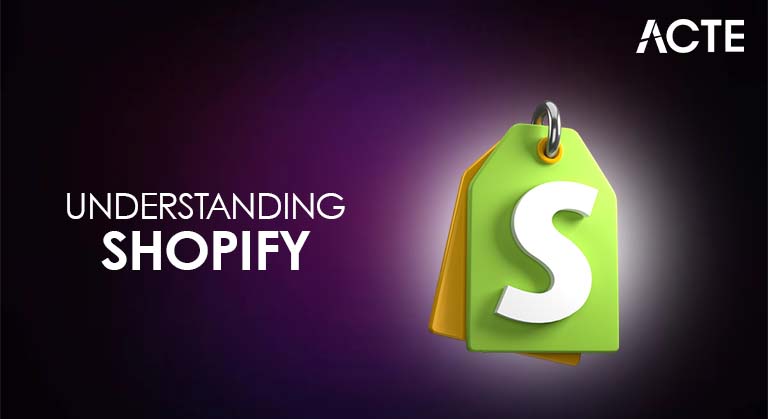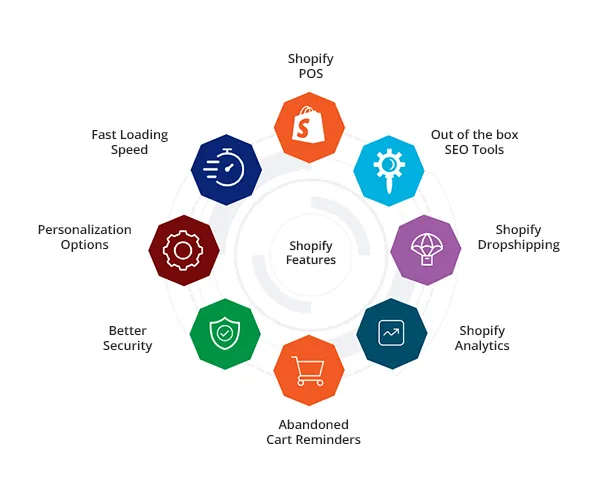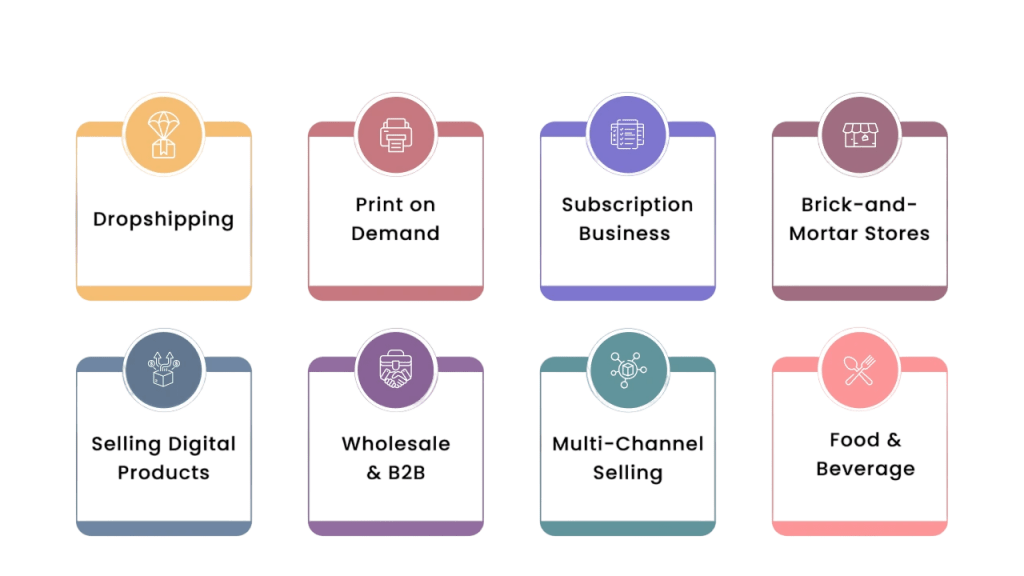
- Introduction to Shopify
- How Shopify Works
- Shopify’s Core Features
- Shopify Pricing Plans
- Who Should Use Shopify
- Pros and Cons of Shopify
- Shopify vs. Other Platforms
- How to Launch Your Shopify Store
- Conclusion
Introduction to Shopify
Shopify is a cloud-based e-commerce platform that allows anyone to create and run an online store. It offers a full suite of tools for selling physical products, digital downloads, services, and even drop-shipped items. From product management and payments to website design and marketing, Shopify provides everything you need to build and grow an e-commerce business. Founded in 2006 in Ottawa, Canada, Shopify started as a small project by Tobias Lütke and Scott Lake who wanted a better solution for selling snowboards online. Today, Shopify powers over 4.5 million stores across 175 countries and processes billions of dollars in transactions annually.Shopify is a leading e-commerce platform that enables individuals and businesses to create their own online stores quickly and easily. It offers a user-friendly interface, customizable templates, Digital Marketing Training and a wide range of tools to manage products, payments, shipping, and marketing all without requiring advanced technical skills. Shopify supports businesses of all sizes, from small startups to large enterprises, providing scalable solutions that help sellers reach customers worldwide. With built-in integrations, secure hosting, and 24/7 customer support, Shopify simplifies the process of launching and growing an online store, making it a popular choice for entrepreneurs looking to sell products online.
Ready to Get Certified in Digital Marketing? Explore the Program Now Digital Marketing Online Training Offered By ACTE Right Now!
How Shopify Works
Shopify simplifies the online selling process into a few essential steps. Here’s how the platform works:
Step 1: Sign Up
- Create an account by visiting Shopify. com. You can start with a free trial to explore the features.
- Shopify offers a library of free and premium themes to customize your store’s look and feel. You can tailor each theme using the visual editor or modify code if you have technical skills Content Distribution .
- Enter product details, including titles, descriptions, images, prices, inventory, and shipping options. You can also set up collections and categories for better navigation.
- Shopify supports multiple payment gateways including Shopify Payments, PayPal, and Stripe. You can also configure shipping rules, tax settings, and delivery options.
- Once everything is ready, you can publish your store, connect a custom domain, and start receiving orders.
- Shopify offers powerful tools for marketing, analytics, customer service, and order management to help scale your business.
Step 2: Choose a Theme
Step 3: Add Products
Step 4: Set Up Payments and Shipping
Step 5: Launch Your Store
Step 6: Manage and Grow
Shopify’s Core Features
Shopify offers a comprehensive set of core features designed to help businesses build and grow their online stores with ease. Its user-friendly platform allows quick store setup through customizable, mobile-responsive themes, ensuring a seamless shopping experience across all devices. Shopify’s robust product management system supports unlimited products and variations, while secure payment processing options, including Shopify Payments and popular gateways like PayPal, Digital Marketing Training provide flexibility and safety for transactions. The platform integrates powerful marketing tools such as SEO optimization, discount codes, and social media sales channels, helping merchants attract and retain customers.

Inventory management and multi-channel selling capabilities, including in-person sales with Shopify POS, streamline operations. Additionally, Shopify’s extensive app store offers a wide range of plugins to enhance store functionality, from analytics to customer support. With detailed reporting and 24/7 customer service, Shopify equips businesses of all sizes with everything needed to run a successful e-commerce operation efficiently.
To Explore Digital Marketing in Depth, Check Out Our Comprehensive Digital Marketing Training To Gain Insights From Our Experts!
Shopify Pricing Plans (2025)
Shopify offers several pricing tiers designed to fit various business needs:
| Plan | Monthly Cost | Features |
|---|---|---|
| Starter | $5 | Sell via social media and messaging apps |
| Basic | $39 | Online store, 2 staff accounts, basic reports |
| Shopify | $105 | 5 staff accounts, professional reports |
| Advanced | $399 | 15 staff accounts, advanced reporting and shipping |
| Shopify Plus | Custom pricing | Enterprise-level features and dedicated support |
Each plan includes:
- Hosting and SSL certificates
- Unlimited products
- 24/7 customer support
- Access Big Brands Transforming Experience to the Shopify App Store
- Mobile compatibility
Additional costs may apply for paid themes, apps, or third-party services.
Who Should Use Shopify?
Shopify is designed to serve a wide range of users and business types:
- Entrepreneurs and Startups: Ideal for first-time sellers who want a professional store without coding or design experience.
- Small and Medium Businesses: Shopify’s features are scalable, making it a good fit for growing brands that need more control over marketing, inventory, SEO Tips To Rule Google Maps and analytics.
- Large Enterprises: With Shopify Plus, large brands benefit from enterprise-level tools, automation, and global sales capabilities.
- Dropshippers: Shopify integrates with dropshipping apps like DSers and Spocket, enabling entrepreneurs to sell without holding inventory.
- Digital Product Creators: Artists, authors, and course creators can sell digital downloads, subscriptions, and memberships with Shopify.

Looking to Master Digital Marketing? Discover the Digital Marketing Expert Masters Program Training Course Available at ACTE Now!
Pros and Cons of Shopify
Pros
- Easy setup and intuitive interface.
- Reliable hosting and fast performance.
- Extensive library of themes and apps.
- Built-in tools for SEO, marketing, and analytics.
- 24/7 support through chat, phone, and email.
- Scalable for growing businesses.
- Multi-channel selling across social media, Digital Marketing Certification Process marketplaces, and POS.
- Monthly subscription costs can add up.
- Transaction fees if not using Shopify Payments.
- Limited flexibility compared to open-source platforms like WooCommerce.
- Some features require third-party apps, increasing complexity and cost.
Cons
Shopify vs. Other Platforms
- WooCommerce is free and runs on WordPress, offering greater flexibility but requiring technical setup and separate hosting. Shopify is easier for non-technical users.
- Wix is ideal for smaller stores and creative portfolios but lacks the depth of Shopify’s e-commerce features.
- Both platforms are powerful, but BigCommerce has slightly more built-in features. Shopify’s ecosystem and ease of use make it a more popular choice.
- Squarespace offers excellent design templates but is less robust for large or complex Top Digital Marketing Experts product catalogs compared to Shopify.
Shopify vs. WooCommerce
Shopify vs. Wix
Shopify vs. BigCommerce
Shopify vs. Squarespace
How to Launch Your Shopify Store
Starting a Shopify store involves a few clear steps:
- Create an Account: Sign up for a free trial and choose a plan later.
- Select a Theme: Pick a theme that fits your niche and customize it to match your branding.
- Add Your Products: Include product images, descriptions, prices, and variations.
- Configure Your Store: Set up payments, taxes, shipping, and other essential settings.
- Customize Content: Add pages like About Us, Contact, FAQs, and Terms of Service.
- Connect a Domain: Use a Shopify-bought domain or connect your existing one.
- Test Your Store: Place test orders and ensure everything functions correctly.
- Launch and Promote: Publish your store and start promoting through SEO, ads, social media, and email marketing.
Preparing for Digital Marketing Job Interviews? Have a Look at Our Blog on Digital Marketing Interview Questions and Answers To Ace Your Interview!
Conclusion
In conclusion, Shopify Pricing Plans is a powerful and versatile e-commerce platform that simplifies the process of launching and managing online stores. Its comprehensive features from easy store setup and secure payment processing to integrated marketing tools and multi-channel selling make it an ideal choice for businesses of all sizes. With scalable solutions, extensive app integrations, and reliable customer support, Shopify empowers entrepreneurs to focus on growing their brand and reaching customers worldwide. Whether you’re just starting out or expanding your online presence, Digital Marketing Training Shopify provides the tools and flexibility needed to succeed in the competitive e-commerce landscape.




